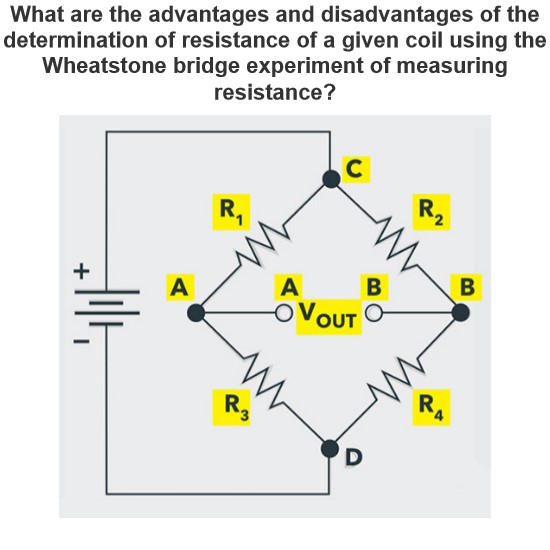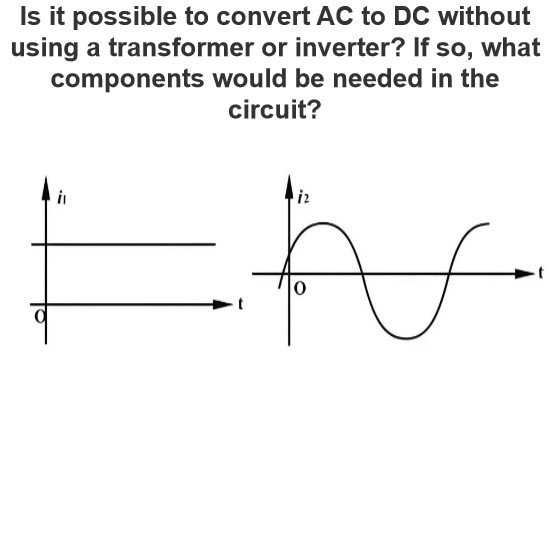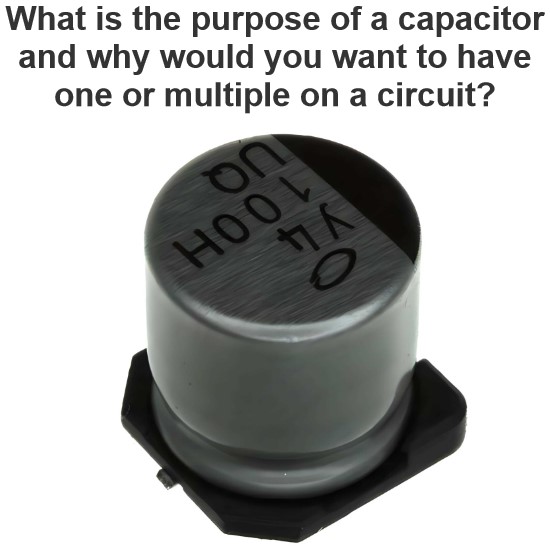Is it possible to connect two polarized capacitors together?
Connecting two polarized capacitors (typically electrolytic capacitors) together requires careful attention to their polarity to ensure they operate correctly and avoid damage. Polarized capacitors have distinct positive and negative terminals, and incorrect connections can lead to damage or even explosions. Here are some guidelines on how to properly connect polarized capacitors:
Parallel Connection (Parallel Connection)
If you want to connect two polarized capacitors in parallel to increase the total capacitance, make sure the following points are considered:
Positive to Positive, Negative to Negative: Ensure that the positive terminals of all capacitors are connected together and the negative terminals are also connected together. This ensures that each capacitor experiences the same voltage across its terminals, and the total capacitance will be the sum of the individual capacitances.
Voltage Rating: The capacitors being connected in parallel should have the same or at least sufficiently high voltage ratings to withstand the maximum voltage in the circuit.
Series Connection (Series Connection)
If you want to connect two polarized capacitors in series to increase the total voltage rating, ensure the following points:
Alternate Positive and Negative Connections: Connect the positive terminal of one capacitor to the negative terminal of the other capacitor. Connect the remaining terminals (positive and negative) to form the series connection. This allows the capacitors to share the total voltage, and the combined voltage rating will be the sum of the individual voltage ratings.
Capacitance Matching: When connecting capacitors in series, the capacitances should be as close as possible to ensure that the current is evenly distributed. If the capacitances differ significantly, the larger capacitor might carry more current, subjecting it to greater voltage stress.
Points to Note
Polarity Matching: In any case, ensure that the polarities are correctly matched. Incorrect polarity connections can cause the electrolyte inside the capacitors to decompose, producing gases, which could ultimately lead to the capacitors bulging or exploding.
Matching Voltage Ratings and Capacitance: In parallel connections, voltage ratings should match; in series connections, capacitances should match. This ensures uniform distribution of current and voltage in the circuit, preventing local overvoltage or overcurrent that could cause damage.
Check Connections: Before connecting, carefully check the markings on each capacitor to ensure correct polarity. After connecting, perform a final check to ensure everything is wired correctly.
Safety Precautions: Take appropriate safety precautions when connecting polarized capacitors, such as wearing insulated gloves and avoiding direct contact with live parts.
Practical Application Examples
Parallel Connection Example
Suppose you have two 10μF/16V polarized capacitors connected in parallel. The total capacitance would be 20μF, and the voltage rating would remain 16V.
Series Connection Example
Suppose you have two 10μF/16V polarized capacitors connected in series. The total capacitance would be 5μF (1/(1/C1 + 1/C2) = 1/(1/10 + 1/10) = 5μF), and the voltage rating would be 32V (16V + 16V).
Summary
When connecting polarized capacitors, whether in parallel or series, ensure that the polarities are correctly matched and consider matching voltage ratings and capacitances. Correct connections ensure the capacitors function normally and prevent damage due to improper connections. In practical applications, carefully check the connections and take appropriate safety measures.
The Electricity Encyclopedia is dedicated to accelerating the dissemination and application of electricity knowledge and adding impetus to the development and innovation of the electricity industry.




